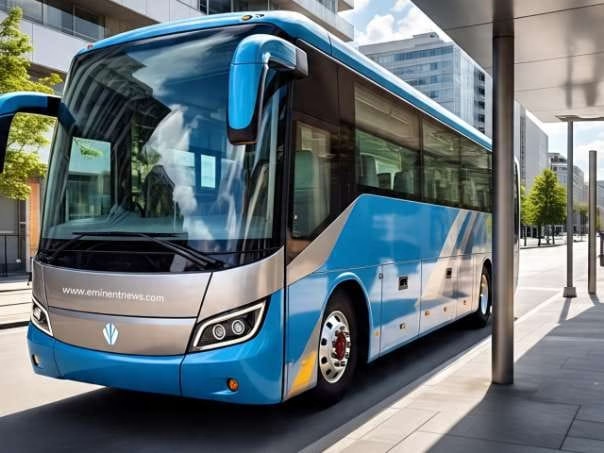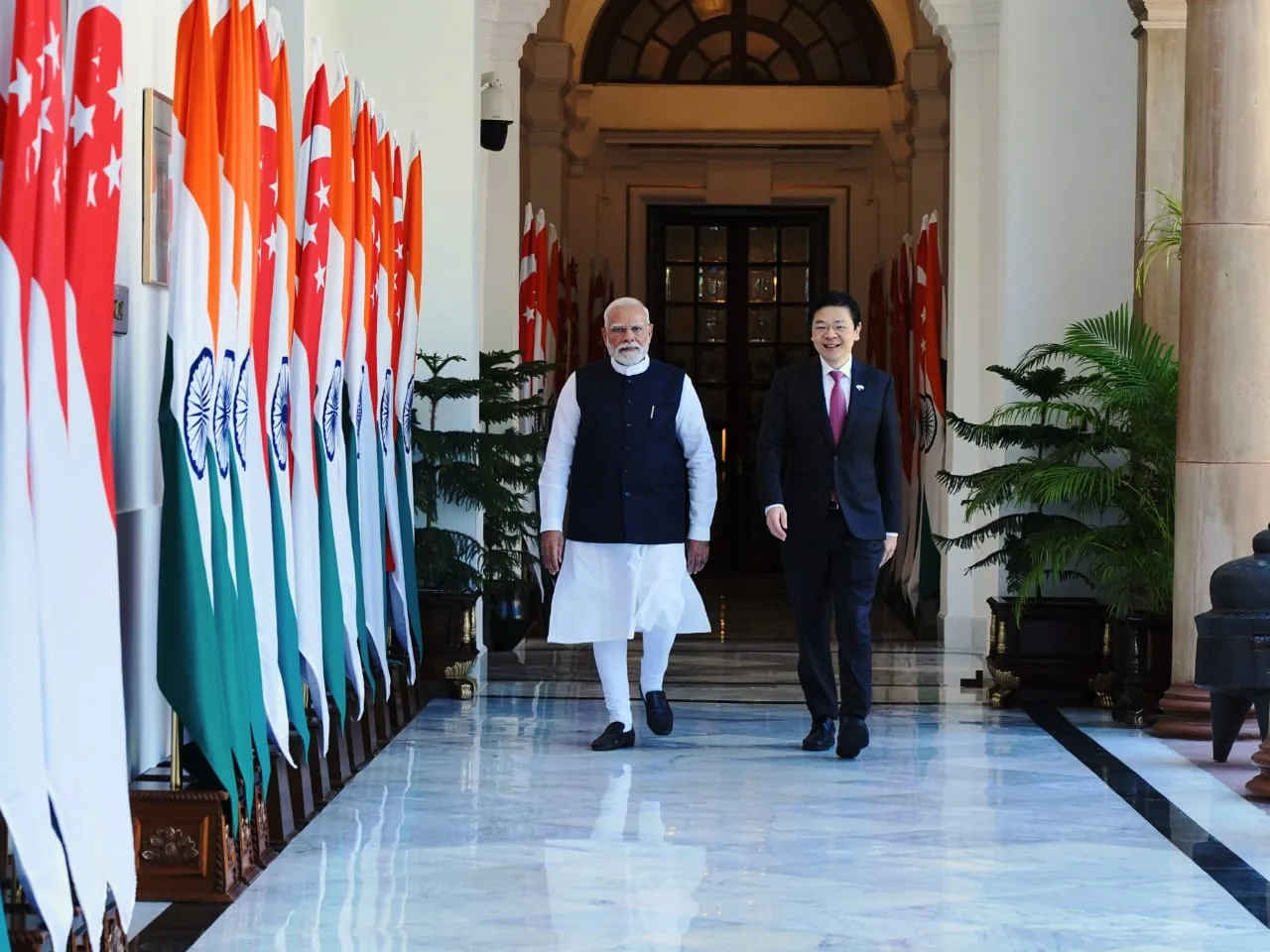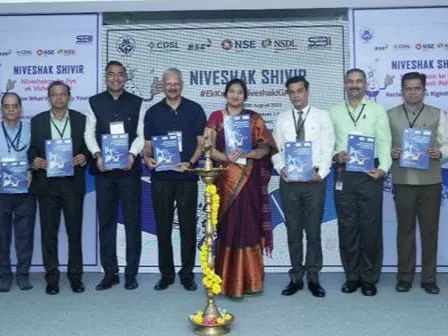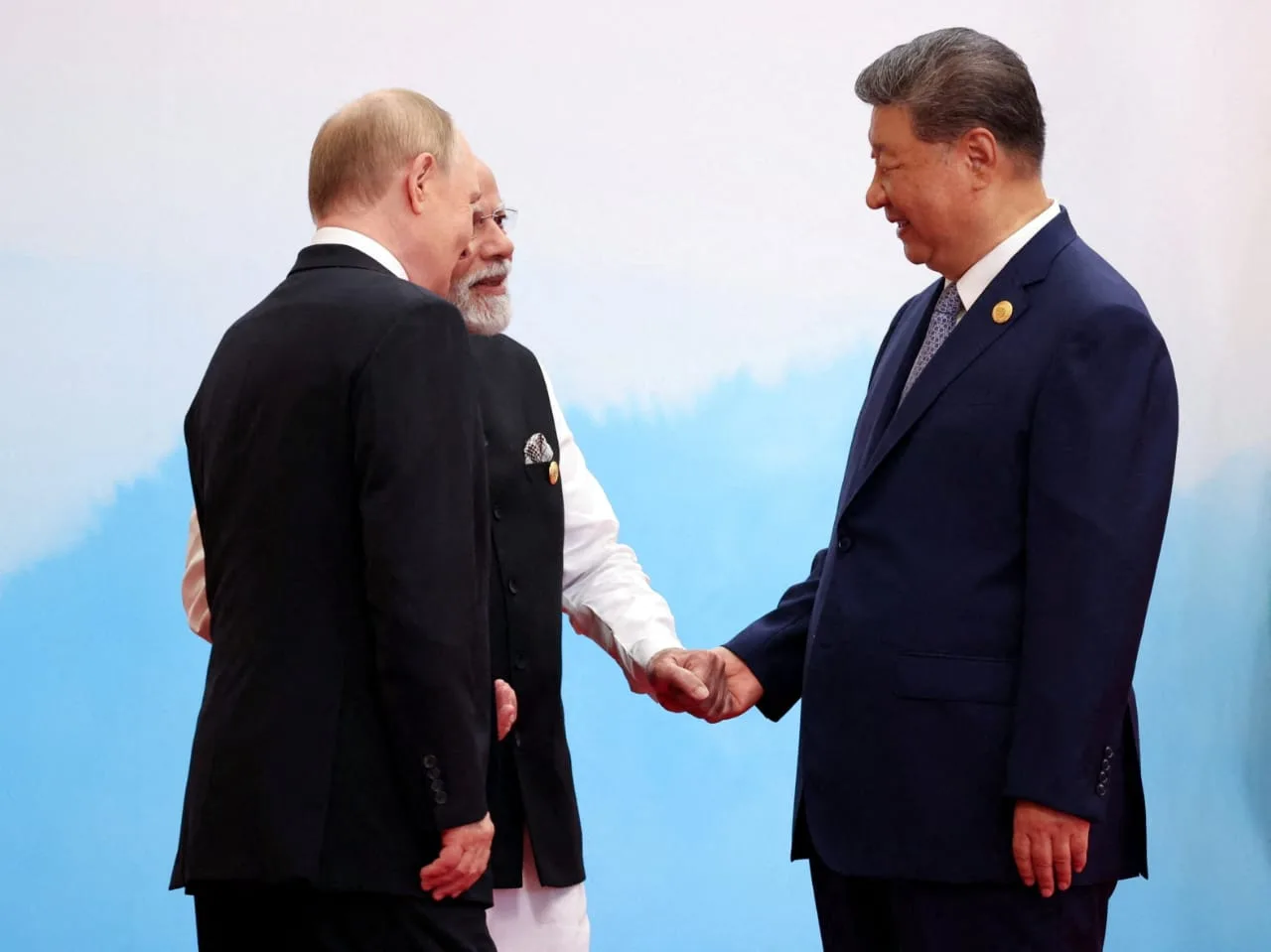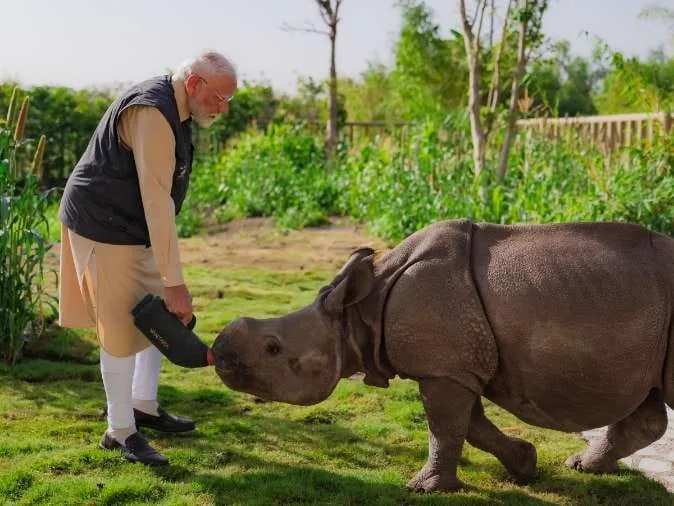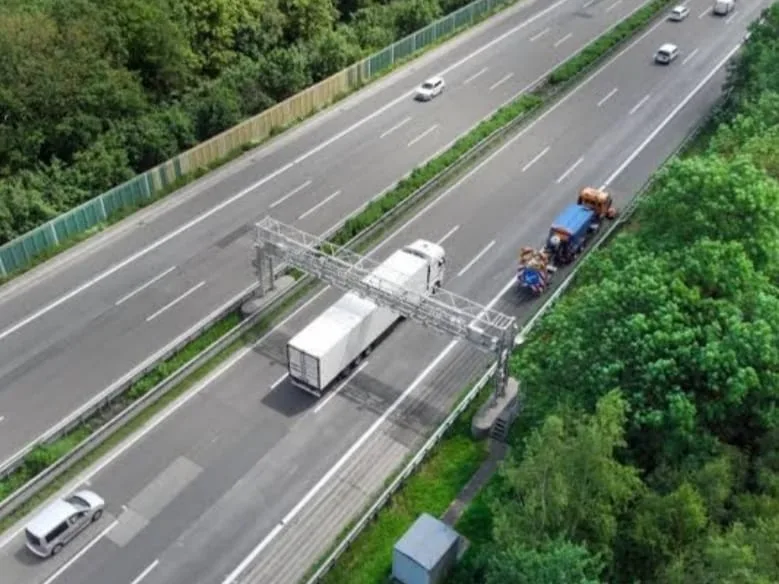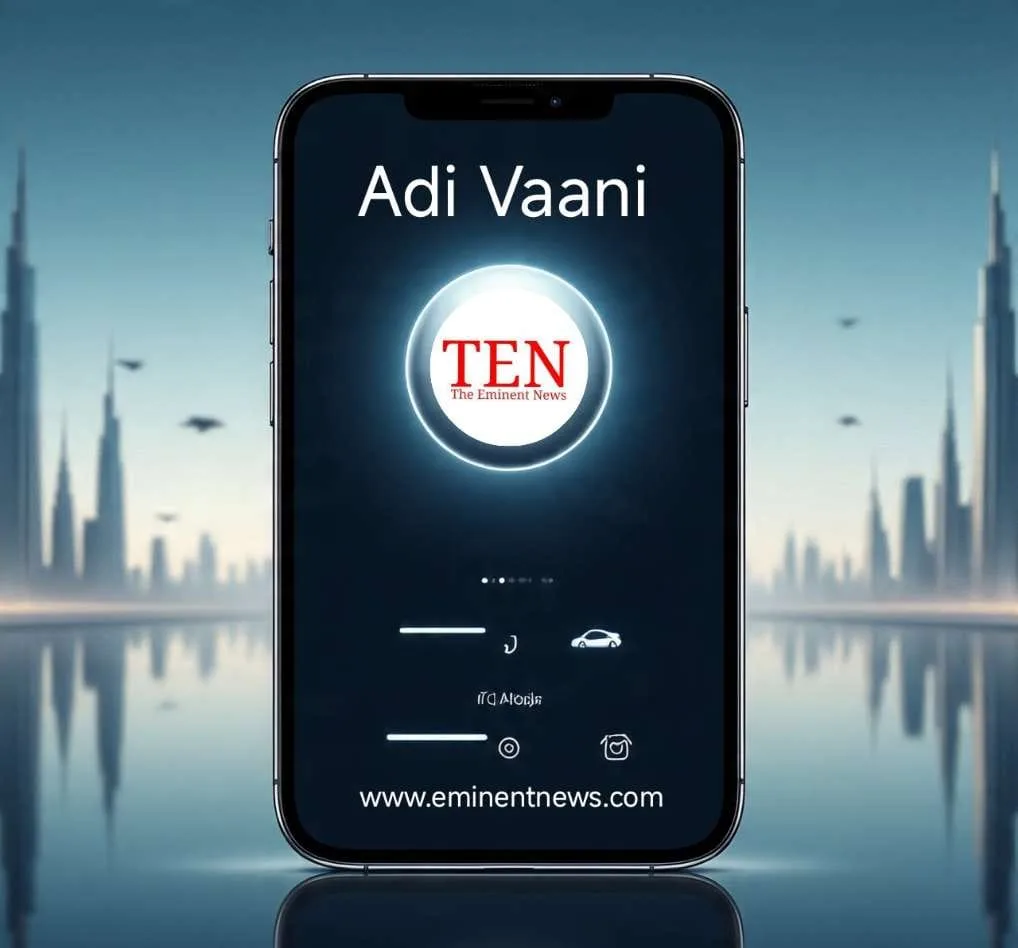Technology transfer plays a vital role in the electric vehicle (EV) segment, especially for countries like India aiming to build a localized EV ecosystem …
- Technology transfer through partnerships and joint ventures helps develop local suppliers and a skilled workforce . This is crucial for creating a self-reliant EV industry. Technology transfer is a key component of innovation, both globally and locally, and it accelerates the global transition to electric mobility .
- The EV industry faces challenges such as limited charging infrastructure. Technology transfer can facilitate advancements in battery management, thermal management systems, and predictive maintenance to optimize energy efficiency and range .
- Governments can play a role by ensuring technology transfer in the EV segment . This may involve policies that encourage partnerships and technology sharing.
- Technology advancements can lead to better performance, longer ranges, and faster charging speeds, all of which are key factors influencing consumer adoption of EVs .
- Technology transfer in the EV segment is complex, presenting both opportunities and challenges.
Benefits of Technology Transfer:
- It helps build a local EV ecosystem by developing local suppliers and a skilled workforce .
- It accelerates innovation and the global transition to electric mobility .
- It facilitates advancements in battery management, thermal management systems, and predictive maintenance to optimize energy efficiency and range .
- Encouraging Foreign Direct Investment (FDI) can boost local manufacturing and create job opportunities .
- Technology transfer helps in the development of EVs that meet stringent emission norms .
- It improves performance, range, and charging speeds of EVs .
Challenges of Technology Transfer:
- Perception of high initial costs and concerns about battery life and replacement costs can be a barrier .
- Limited awareness of EV benefits and technological aspects hinders adoption .
- Essential technologies like semiconductors, sensors, and specialized components remain underdeveloped in some regions .
- Concerns regarding intellectual property rights and patents can impede technology transfer .Without mandated technology transfer and R&D, there’s a risk of becoming overly dependent on imports .
Strategies for Successful Technology Transfer:
- Implementing policies that encourage partnerships and technology sharing . Governments can incentivize consumers to purchase EVs through tax credits or subsidies and invest in building a robust charging infrastructure .
- Investing in research and development for advanced battery technologies, such as solid-state batteries and hydrogen fuel cells . Industry stakeholders can collaborate with governments to address these challenges and promote the adoption of EVs .
- Developing standardized solutions for battery swapping to be used across different EV models .
- Focus on vocational training to create a skilled workforce for manufacturing, maintenance, and support of EVs .
Examples of Technology Transfer in Action:
- Joint ventures between Chinese EV manufacturers and Indian companies aim to introduce advanced EV technology to the Indian market .
- Companies like NIO and CATL are developing standardized battery swapping solutions .
Concerns and Recommendations for India:
- India should avoid becoming a “colony of electric vehicles (EVs)” for China and chart its own path in the global electric vehicle landscape .
- India should allow its EV sector to develop naturally, without relying on incentives or becoming overly dependent on China .
- Strengthening environmental regulations for EV manufacturing and disposal to minimize the carbon footprint and other negative impacts associated with EV production . for science & technology click www.eminentnews.com

